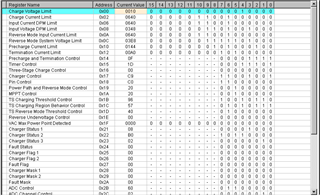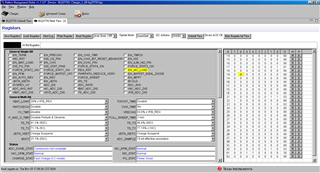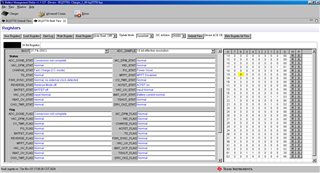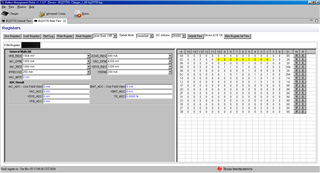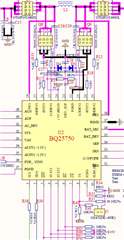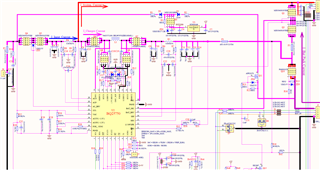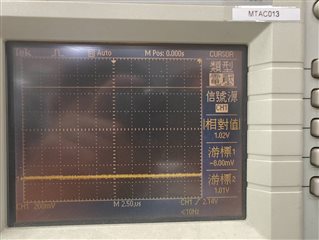Other Parts Discussed in Thread: BQSTUDIO, BQ25758, EV2400
Tool/software:
- Check EN_CHG=1
- Setup CE = low
After following these steps, I didn’t measure any charging voltage at the charging output (all other BQ25750 registers remain at their default settings).


